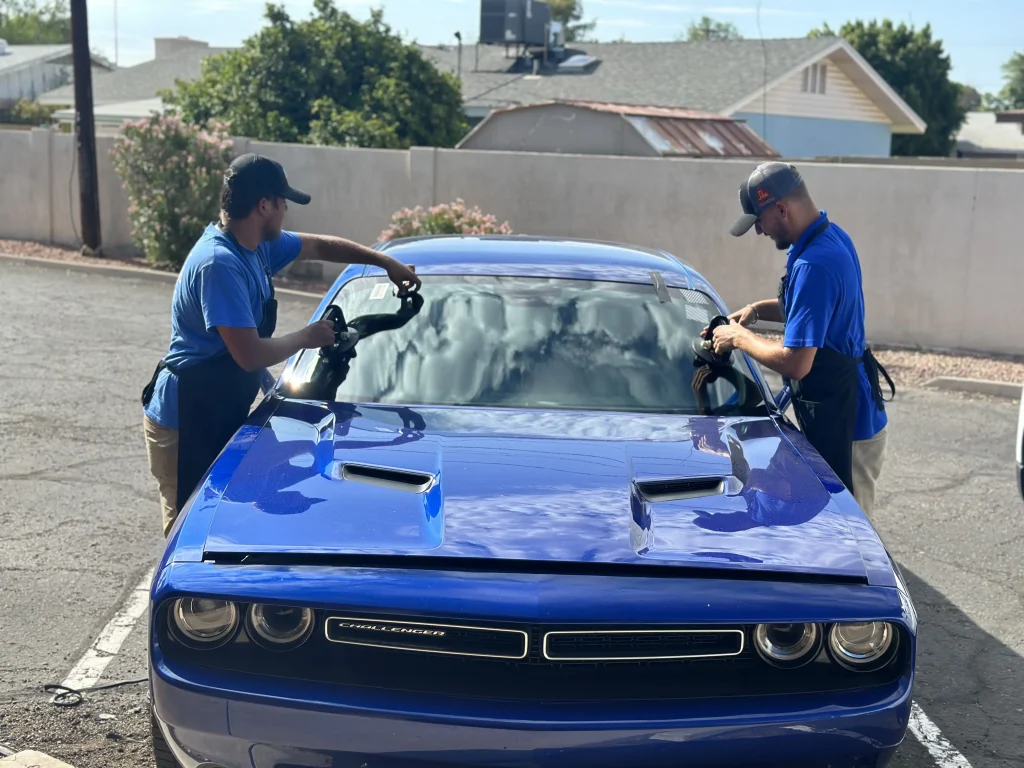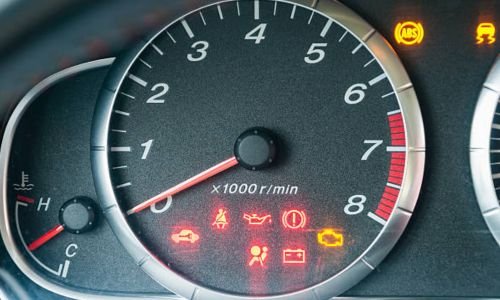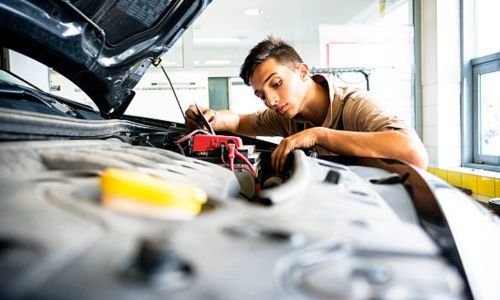What is a Tyre Pressure Monitoring Sensor?
A Tyre Pressure Monitoring Sensor (TPMS) is a small electronic device mounted inside each tire. Its primary function is to monitor the air pressure in the tires and send real-time information to the driver via a dashboard indicator. This system helps drivers maintain optimal tire pressure, reducing the risk of accidents and improving fuel efficiency.
The Importance of Tyre Pressure Monitoring Sensor in Vehicle Safety
TPMS plays a crucial role in vehicle safety. Under-inflated tires can lead to poor handling, increased braking distance, and a higher risk of tire blowouts. Over-inflated tires, on the other hand, can cause uneven tire wear and reduce traction. By alerting drivers to tire pressure issues, TPMS helps prevent these problems, ensuring safer driving conditions.
How Does a Tyre Pressure Monitoring Sensor Work?
TPMS uses sensors installed inside the tires to measure air pressure. There are two main types of TPMS: direct and indirect. Direct TPMS uses pressure sensors mounted on the wheels to measure the air pressure in each tire directly. Indirect TPMS, however, measures the wheel speed and other data from the Anti-lock Braking System (ABS) to estimate tire pressure. When the sensors detect low tire pressure, they send a signal to the vehicle’s onboard computer, triggering a warning light on the dashboard.
Benefits of Maintaining Proper Tyre Pressure
Maintaining proper tire pressure is vital for several reasons. It ensures optimal contact between the tires and the road, providing better traction and handling. Properly inflated tires also wear more evenly, extending their lifespan. Additionally, correct tire pressure improves fuel efficiency, as under-inflated tires increase rolling resistance, leading to higher fuel consumption.
Issues with Tyre Pressure Monitoring Sensor and How to Fix Them
While TPMS is a valuable tool for maintaining tire pressure, it can sometimes encounter issues. One common problem is the TPMS warning light staying on even after adjusting the tire pressure. This could be due to a malfunctioning sensor or a dead battery. Regular TPMS maintenance and sensor calibration can help resolve these issues. If the problem persists, it’s advisable to consult a professional auto service provider for a thorough inspection and repair.
Replacing a Faulty Tyre Pressure Monitoring Sensor
If a TPMS sensor fails, it’s important to replace it promptly to maintain the system’s functionality. Replacing a TPMS sensor involves removing the tire from the rim, installing a new sensor, and reprogramming it to communicate with the vehicle’s onboard computer. This process requires specialized tools and knowledge, so a qualified technician best performs it.
The Role of TPMS in Fuel Efficiency
Proper tire pressure significantly impacts fuel efficiency. Under-inflated tires create more rolling resistance, causing the engine to work harder and consume more fuel. TPMS helps drivers maintain the correct tire pressure, thereby enhancing fuel economy. Regularly checking and maintaining tire pressure saves fuel and reduces carbon emissions, contributing to environmental sustainability.
TPMS and Tyre Lifespan
Tires kept at the correct pressure last longer and wear more evenly. TPMS alerts drivers to pressure deviations, allowing them to address issues before they cause uneven wear or damage. This proactive approach to tire maintenance can save money in the long run by extending the lifespan of the tires and reducing the frequency of replacements.
Understanding TPMS Alerts and What to Do
When the TPMS warning light illuminates on the dashboard, it indicates that one or more tires have low pressure. Drivers should stop and check the tire pressures as soon as possible. If the tires are under-inflated, they should be inflated to the recommended levels. If the warning light remains on after adjusting the pressure, there could be a more serious issue, such as a puncture or a faulty sensor. In such cases, seeking professional assistance is recommended.
The Future of TPMS Technology
The technology behind TPMS is continually evolving. Future advancements may include more accurate pressure readings, integration with vehicle diagnostics systems, and enhanced communication capabilities. Some emerging systems offer real-time pressure and temperature monitoring through smartphone apps, providing drivers instant access to critical tire information.
Choosing the Right TPMS for Your Vehicle
Selecting the appropriate TPMS for your vehicle depends on several factors, including the car’s make and model, driving habits, and budget. While many modern vehicles come equipped with factory-installed TPMS, aftermarket options are available for older models. It’s essential to choose a system that is compatible with your car and offers reliable performance.
TPMS Maintenance Tips
Regular maintenance of your TPMS can ensure its longevity and reliability. This includes checking the sensors for damage, replacing the sensor batteries as needed, and recalibrating the system after any tire changes. Regular tire rotations and alignments can also help maintain the accuracy of the TPMS. Consulting your vehicle’s manual for specific maintenance guidelines is always a good practice.
Cost Considerations for TPMS
The cost of TPMS can vary depending on the type of system and the vehicle. Direct TPMS systems, which use individual sensors in each tire, are more expensive than indirect systems. Additionally, replacement sensors and batteries can add to the overall cost. However, the safety and efficiency benefits of TPMS often outweigh these expenses, making it a worthwhile investment for most drivers.
Professional TPMS Services
Professional auto service providers offer a range of TPMS services, from sensor replacement and recalibration to comprehensive system diagnostics. These experts have the tools and expertise to ensure your TPMS functions correctly and can address any issues. Regular professional inspections can help maintain the accuracy and reliability of your TPMS, contributing to safer driving and better vehicle performance.
DIY TPMS Troubleshooting
While professional services are recommended for major TPMS issues, some minor problems can be addressed with DIY troubleshooting. This includes checking tire pressures regularly, ensuring the sensors are clean and undamaged, and resetting the TPMS system if needed. Many vehicle manuals provide detailed instructions for basic TPMS troubleshooting, allowing drivers to handle simple issues themselves.
TPMS Regulations and Compliance
TPMS is a mandatory safety feature for all new vehicles in many regions. This regulation ensures drivers are alerted to tire pressure issues, reducing the risk of accidents caused by under-inflated tires. Compliance with TPMS regulations is essential for vehicle safety inspections and can affect the resale value of your car. Staying informed about TPMS regulations in your area ensures your vehicle meets all legal requirements.
End of Tyre Pressure Monitoring Sensor
Tyre Pressure Monitoring Sensors are essential to modern vehicles, contributing to safety, fuel efficiency, and tire longevity. Understanding how TPMS works, maintaining it properly, and addressing any issues promptly can enhance your driving experience and protect your investment in your vehicle. Whether you rely on professional services or perform basic maintenance, staying proactive about TPMS ensures optimal performance and safety on the road.
By incorporating regular TPMS checks into your vehicle maintenance routine, you can enjoy the peace of mind of knowing your tires are always at the correct pressure. This improves your vehicle’s performance and contributes to a safer driving environment for everyone on the road.
Maintaining proper tire pressure is crucial for safety and optimal vehicle performance. By promptly addressing low tire pressure warnings from your tire pressure monitoring sensor, you can avoid preventable accidents, increase gas mileage, and extend the life of your tires. For all your auto glass needs and regular tire maintenance advice, visit Premier Auto Glass. Their team of experts can answer any questions you have about tire pressure monitoring sensors or provide general tire care guidance.



























